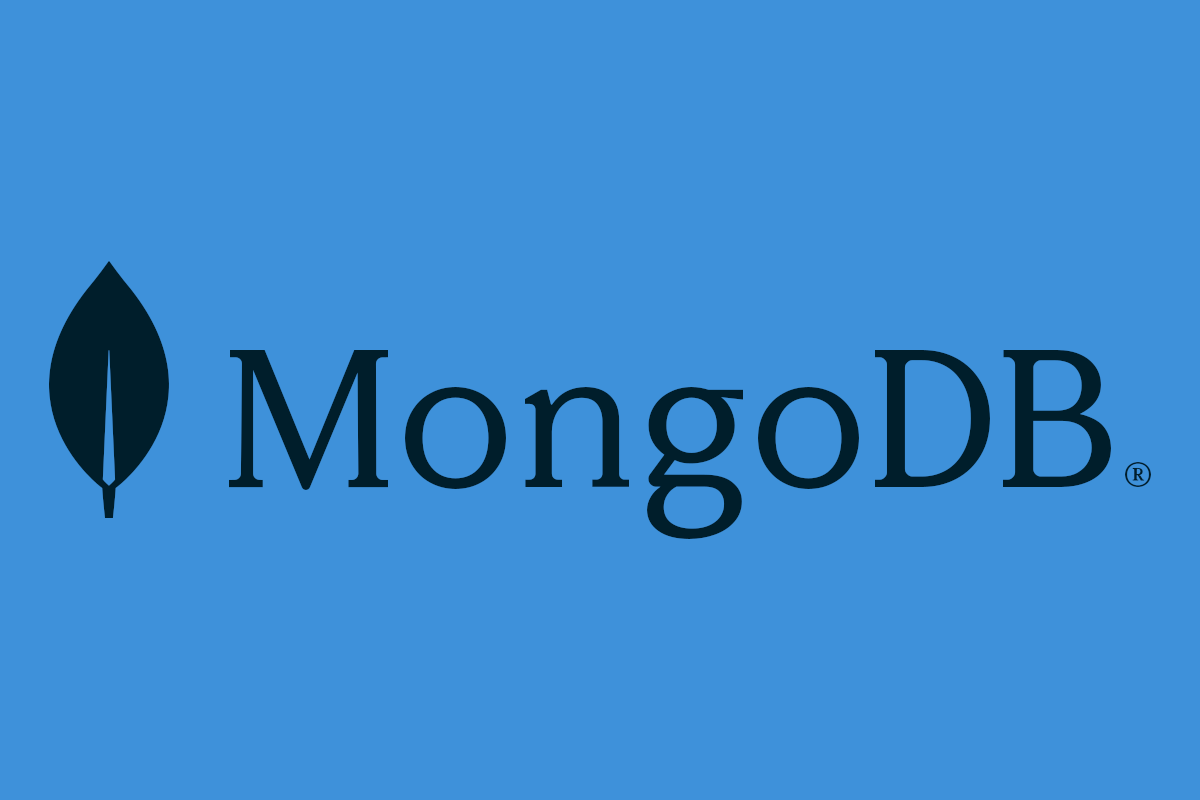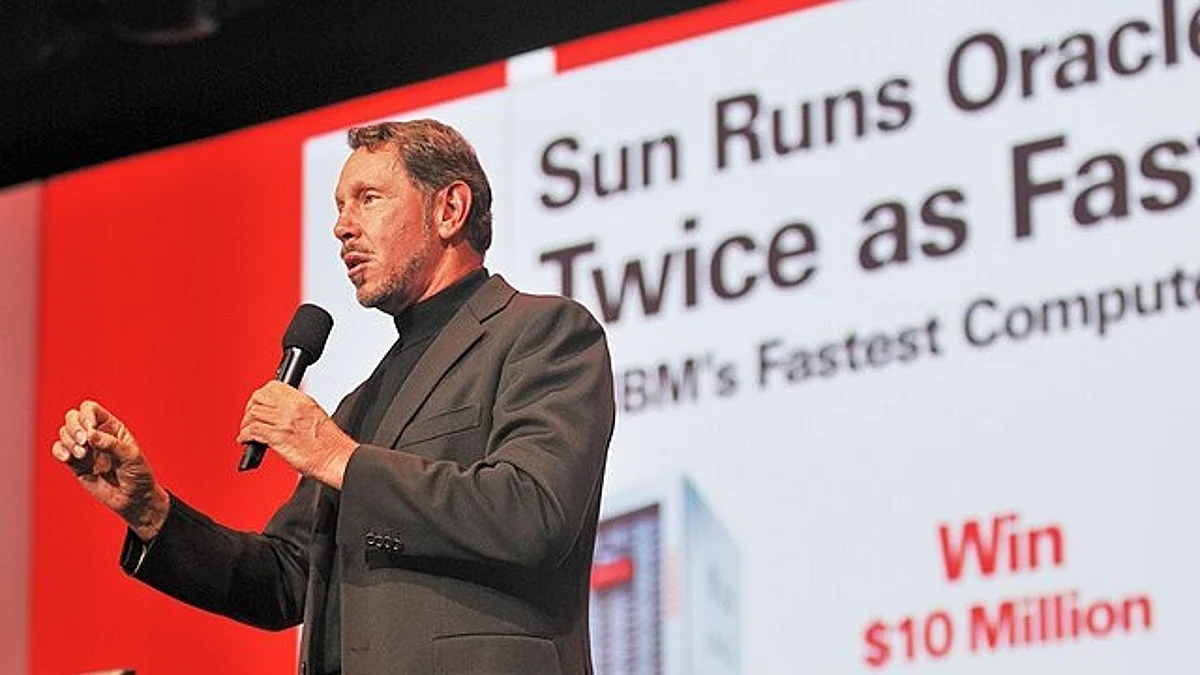By Jelani Harper,Susan Hall
Copyright thenewstack

MongoDB AMP, a new platform for modernizing legacy applications into scalable services on the popular open source document-oriented database, was released today by MongoDB. The Application Modernization Platform (AMP) features several resources to expedite each phase of the modernization process, including code analysis, code conversion, testing, and data migration.
By coupling intelligent agent-based workflows with deterministic methods, the solution features toolsets to modernize applications built on numerous legacy technology stacks involving Oracle, SQL Server, C Sharp, and more.
According to Shilpa Kolhar, senior vice president of application modernization at MongoDB, the platform was partly designed as an enabler for established, mission-critical enterprise applications to access contemporary AI approaches.
The offering also signals a significant expansion of the vendor’s traditional area of focus.
“With AMP, we are getting into both the database modernization and also the entire application tier modernization,” Kolhar said. “It’s not just the database migration alone.”
In addition to the various tools and techniques incorporated into MongoDB AMP, the platform features the assistance of what Kolhar characterized as a team of modernization experts to help end users contemporize their applications.
With current customers already spanning regulatory-sensitive verticals like finance and FinTech, MongoDB AMP’s fundamental approach of modernizing applications by starting at the data layer could gain substantial traction across industries.
Code Conversion Tools and Processes
The majority of the tooling contained in MongoDB AMP focuses on code conversion, test generation, and data migration. According to Kolhar, it was critical to utilize deterministic and probabilistic methods partly to redress some of the shortcomings of the latter.
“Real applications have large, complex code bases that AI can’t handle correctly and efficiently,” Kolhar explained. “This is especially true with applications that are centered around stored procedures, where the business logic is spread around the application layer and the database layer.”
Examples of deterministic approaches to surmount the problems above — and others— include resources that can convert PL/SQL procedures into application-layer code like Java.
The platform has tools for parsing SQL as part of the code analysis process and converting it to Java, as well as for facilitating code documentation. Although agents are employed in the platform for multiple purposes, they aid the code analysis capabilities by helping organizations “split the code base into chunks,” Kolhar said.
These discrete pieces of code are more amenable to the conversion process. The tandem of deterministic and AI-based methods renders the conversion process into one in which the platform can “work through the code base using an interactive and automated approach,” Kolhar said.
Accelerating Functional Testing
Testing is vital to the success of any application, particularly one that’s being modernized. Manual methods for testing applications are often cumbersome and time-consuming. Consequently, MongoDB AMP includes several measures to accelerate this process so developers can identify problems prior to implementing systems in production.
Some of these constructs pertain to specific methodologies for implementing software, including Agile. Pairing such methodologies with dynamic agents can simplify what otherwise would be an onerous task.
“We have tooling to assist both with creating tests and also, we have agentic workflows which do the Sprint-Test Repair Loop, which is required during the entire process to do conversion,” Kolhar mentioned.
Generating functional testing is not only pivotal for assessing the usability of individual components of an application, but also for assessing the status of migration efforts in general. This binary utility is invaluable for gleaning progress from a microcosm and macrocosm perspective.
Consequently, MongoDB AMP includes “tools that do static and dynamic analysis of your application, and of the code bases and so on, to identify specific concern areas, but also figure out the overall challenges that you come across through the modernization process,” Kolhar said.
Streamlining Data Migration
According to Kolhar, most of the toolsets in MongoDB AMP were the result of a dedicated effort on the vendor’s behalf that spanned the past two years. Some of them, however, were previously existent, like MongoDB Relational Migrator, which focuses on migrating relational data to MongoDB. More recent features, such as those entailing agents and generative models, are also involved in the migration phase of a modernization process.
The solution has “tools for migration and for [putting applications in production] for the last mile, where enterprise customers are fully on the new, modernized app,” Kolhar said Additionally, organizations can access the platform’s modernization team members — some of whom have vertical-specific knowledge — for assistance.
MongoDB’s Strategic Expansion
The overarching significance of MongoDB AMP is twofold. On the one hand, it highlights the need for organizations to update their legacy applications so they can utilize modern technologies. This fact is a testament to the horizontally applicable efficacy of generative machine learning models, which can enhance almost any data-driven use case.
On the other hand, the platform’s data-centric approach to modernizing applications — by starting at the code base — is noteworthy because it ultimately transcends data itself. These modernization efforts don’t just involve database migrations, but migrations for the applications that depend on them, too.
As such, the recently released platform is an indication of MongoDB’s expansion into a realm beyond the data level, with all of its real-time, transactional, and analytical implications for apps.



